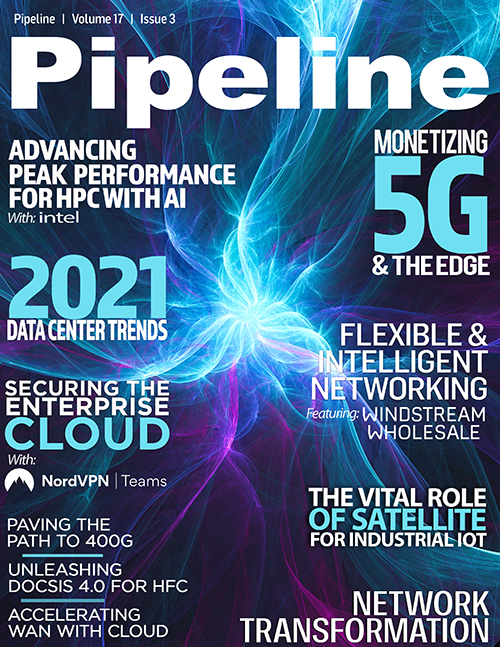Monetizing 5G, Edge and Cloud Intelligently
Smart Arena
In this example, the telco provides private 5G networking and edge computing (on-premise PaaS, CaaS, SaaS) to the owner of a stadium, which offers a marketplace connecting different businesses with fans. Fans will then be able to consume merchandising, order fast food, chat with other fans, and so on, triggered by real time campaigns, driven by AI analyzing the video streaming of the match and the fans’ faces, to detect triggering match events and situations.
Smart Traffic Monitoring
In another example, in partnership with a municipality, the telco provides a mobile app to citizens, which allows access to video streaming from 5G-connected smart cameras located at strategic locations across a city. The aim is to monitor traffic intensity and accidents, applying machine learning-based video recognition techniques. The app provides citizens with an indication of traffic intensity and accident incidences on a city map, so that they can select a particular camera by clicking on the associated icon on the map. This would allow them to access the selected camera’s live video streaming.
Transforming to support the platform business
Zero-touch partnership
Zero-touch partnership enables self-service onboarding and ecosystem management and partnering at scale with innovative companies and startups. This can create mix-and-match products, services, offers, and bundles in an instant, with all of the integration and operational complexity hidden.
Scalability
Order management scalability and flexibility will be necessary to respectively address edge computing IoT use cases requiring massive volume ordering and B2B2x complex ordering.
Open APIs
Open APIs expose the telcos’ capabilities to enable the platform ecosystem and will be standardized to foster interoperability.
Catalog Innovation
Catalog-driven sophistication will be required to support complex multifaceted product and service bundles across different value chains and on-demand B2B or B2B2x offers and collaborative bundles.
Artificial Intelligence (AI)
AI will need to be applied to key BSS functional domains like AI-guided configure, price and quote (CPQ) and AI-driven exception handling automation. In addition, this will all need to take place in real time to cope with the nature of some of the new edge computing-powered use cases, new monetization models, and end-user and ecosystem experiences.



















